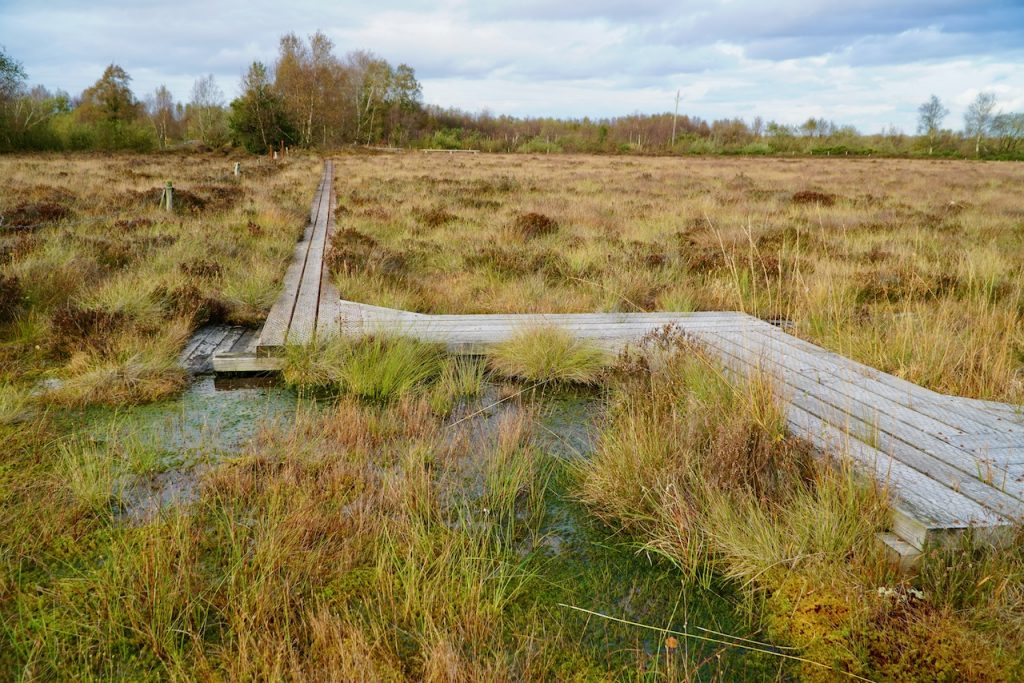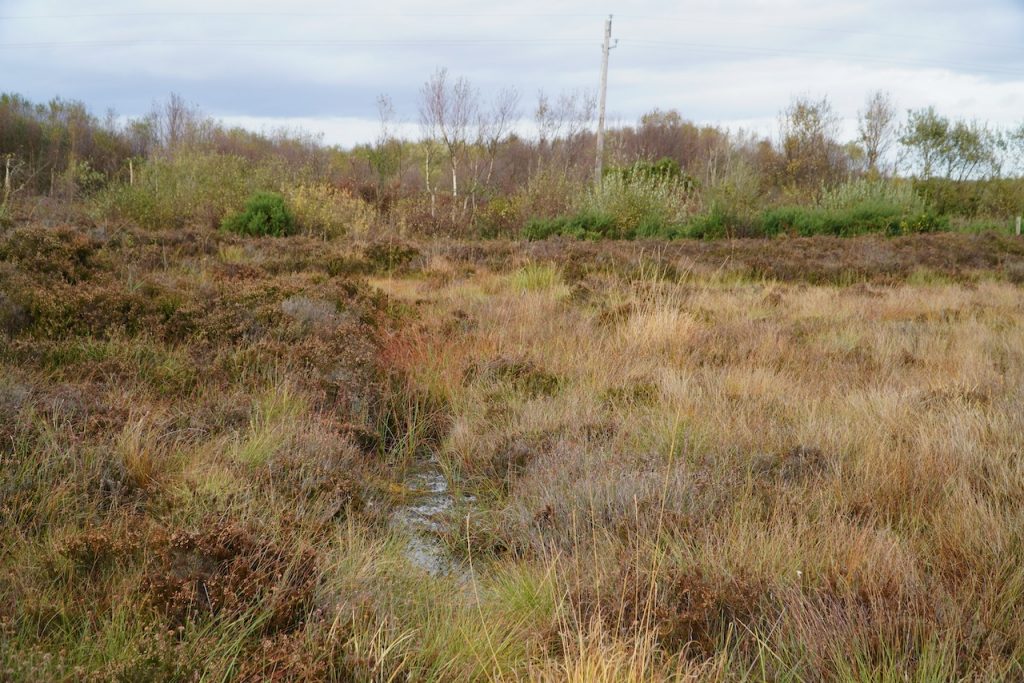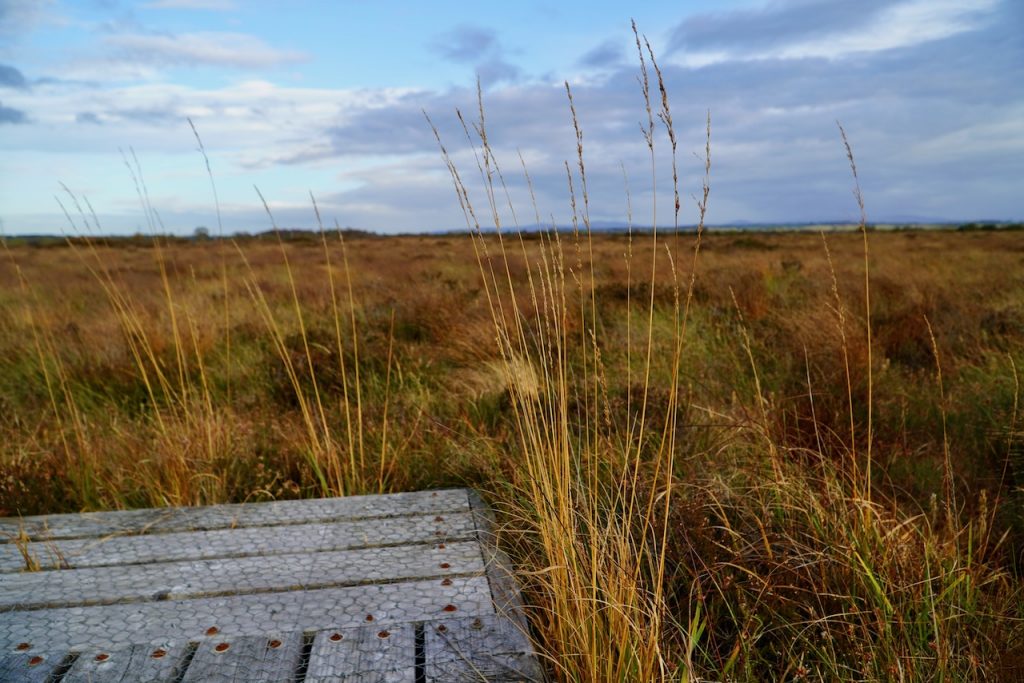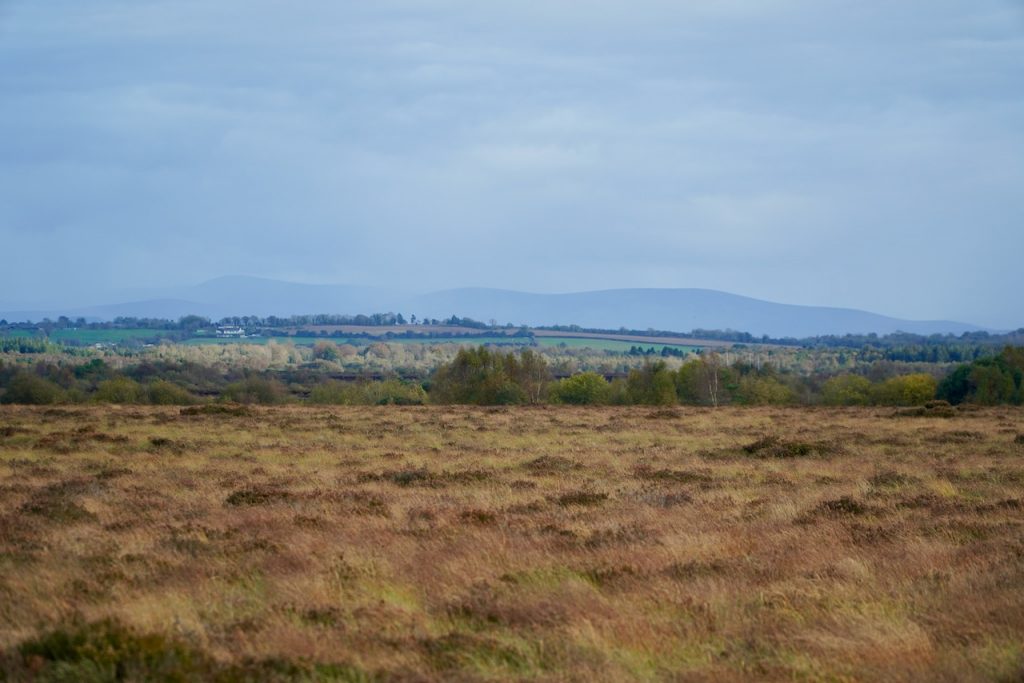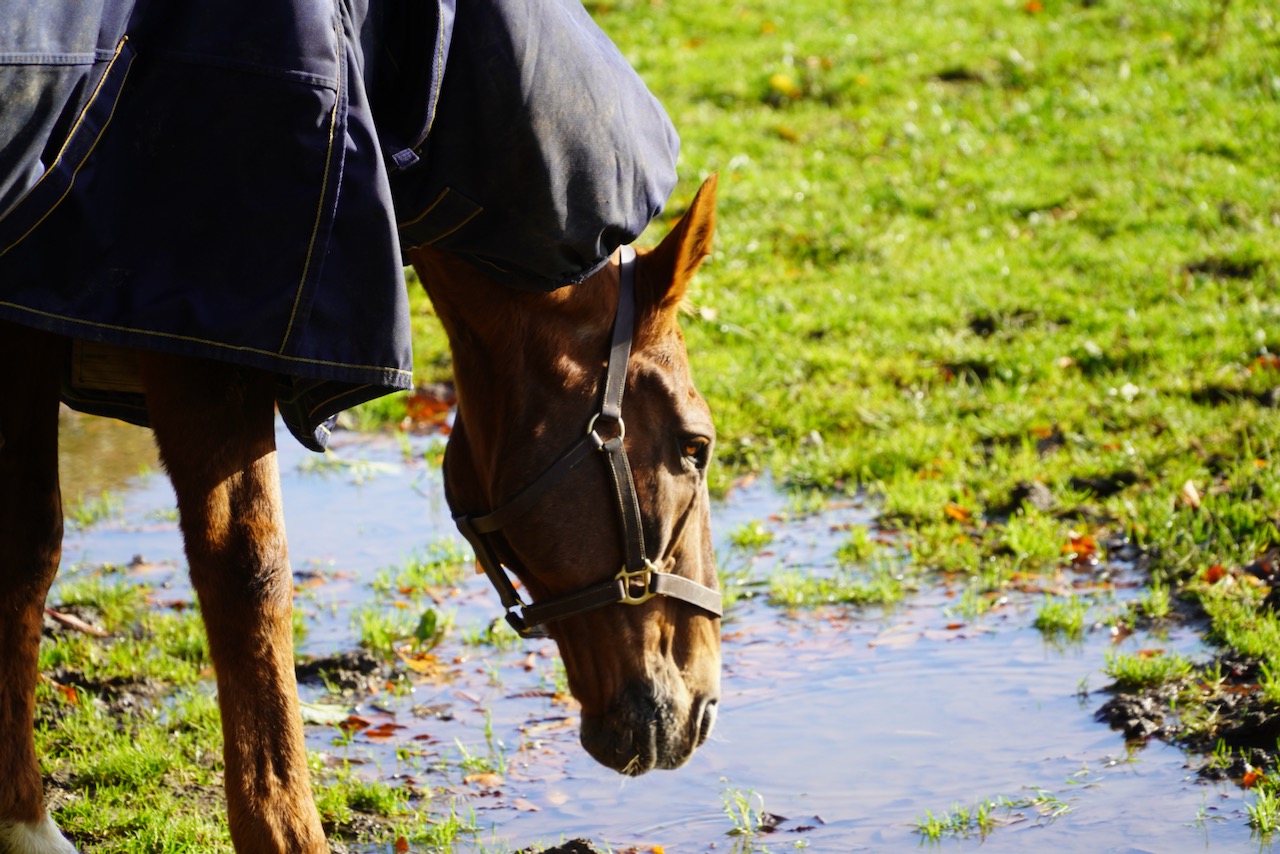This has been a weird trip for my electronics, because my Sunday evening discovery was that one of my off-brand camera batteries was slightly bulging, making it is hard to remove from my camera. Ruh-roh. Fortunately, battery recycling in the EU is free for everyone, so all I have to do is have it not light on fire until tomorrow. This is probably not really an issue, since it’s mostly dead, but I am really good at having anxiety, so I of course entertain this possibility. We consider placing it under the rental car, but it hasn’t wronged me, and I don’t want to test the insurance I declined. I choose on the table in our little sunroom. Sorry, table.
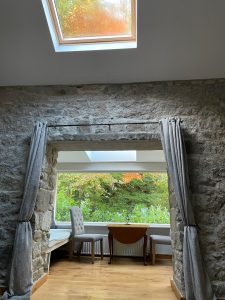
This is your PSA to properly dispose of ALL of your batteries. If you throw them in the trash, they can cause fires in garbage facilities, especially the rechargeable ones. The internet will tell you where you can dispose of them safely near you.
In the morning, the battery is still there, and all is well. Now to anxiously store it in my pocket til we can deposit it at a store later today, for we have an 11am appointment with horses!
If you are a horse person, you probably know that Ireland is famous for its thoroughbred industry. I am not a horse person (would this make me a centaur?), but I do enjoy horses, so it’s off to the nearby Irish National Stud on Monday.
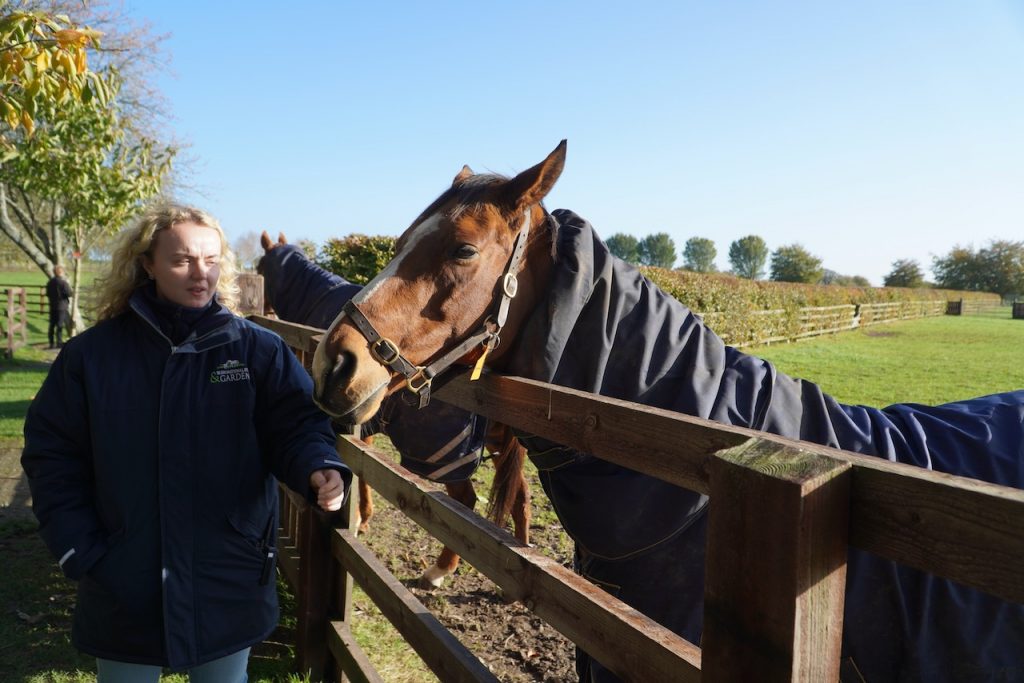
The Irish National Stud has regular tours, and is home to an expansive grounds for breeding horses. It was started by Colonel Hall-Walker in the early 1900s, and because this was the era that all the rich people were obsessed with Japan, it has an absolutely phenomenal Japanese garden. Now is the era where we like interactive exhibits with tablets and audio, they have recently added something called the racehorse experience, which is part exhibit and part game (more on that later).
We take our tour first, and you get to meet some famous thoroughbreds that they have chilling in the paddocks. The original Colonel used to breed his thoroughbreds by checking their star charts. If it wasn’t in their charts that the horse would be a good racer, he sold them. Somehow, this seemed to work well for him.
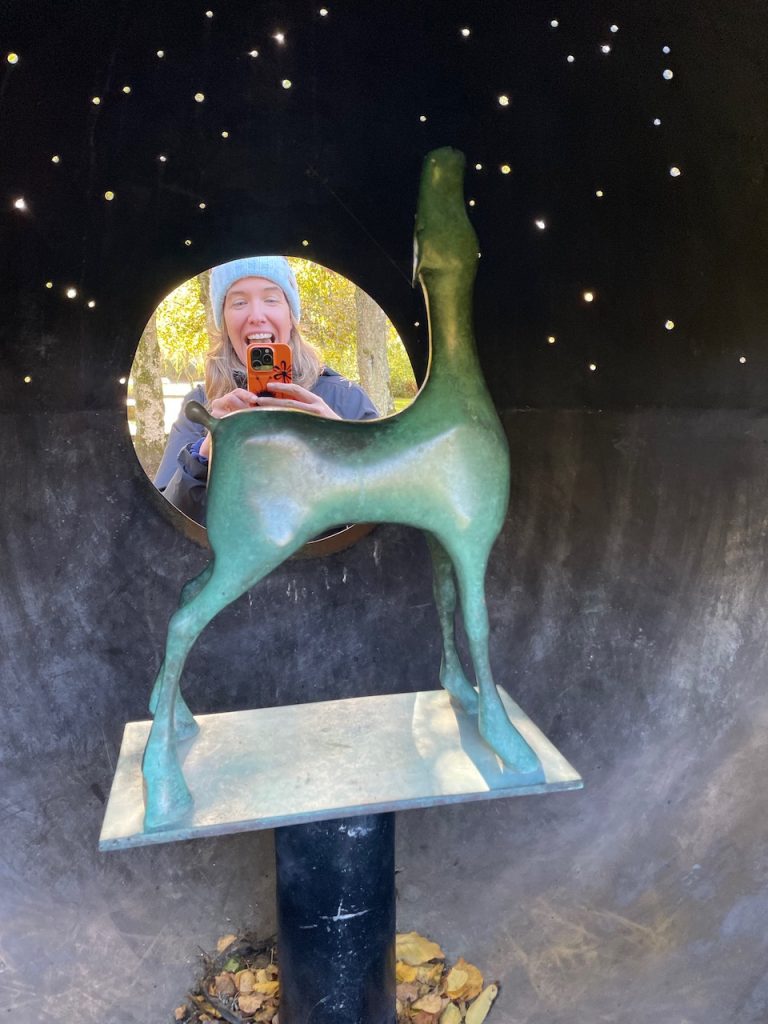
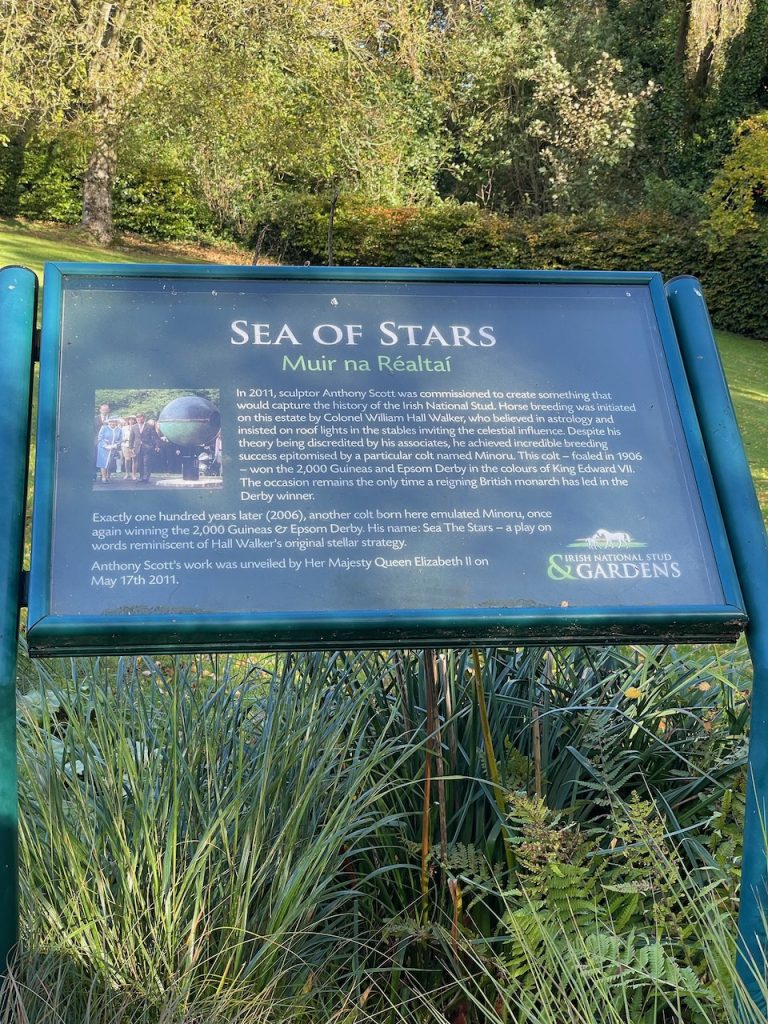
A thoroughbred will eventually find its role, be it on the racetrack, national hunt (this is horses jumping over stuff in races), or as a companion or riding horse. The geldings are pretty friendly, and I get to pet one called “Beef or Salmon.” Because I am the way I am, I love how unhinged racehorse names can be, and this one is my favorite of the day.
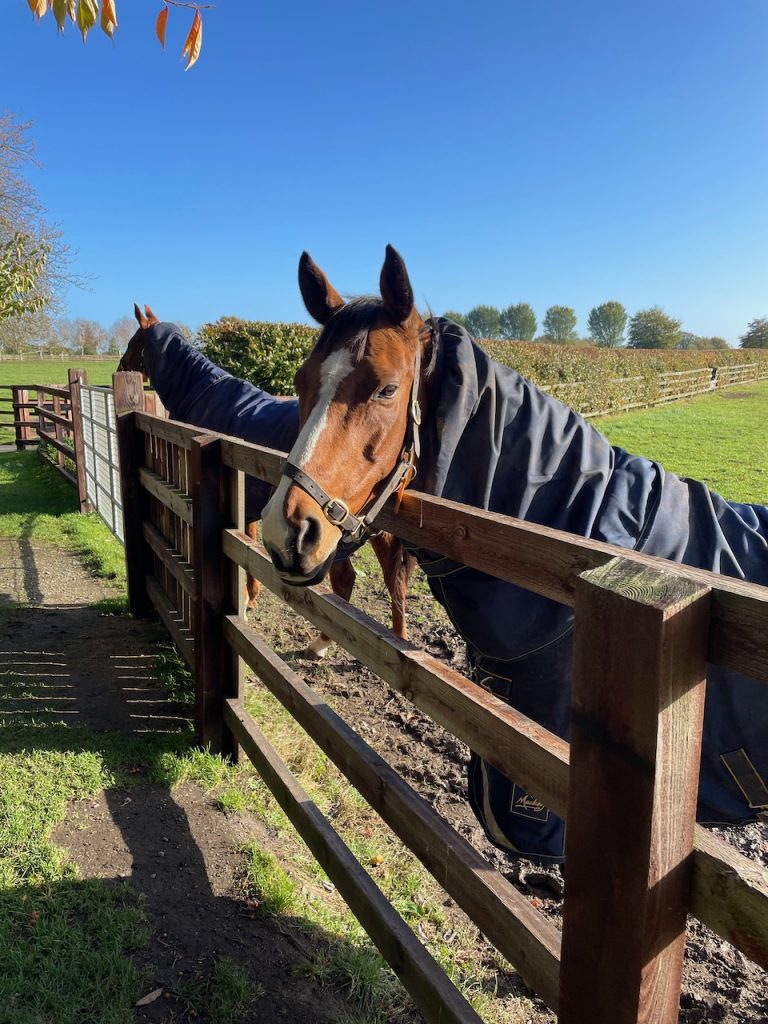
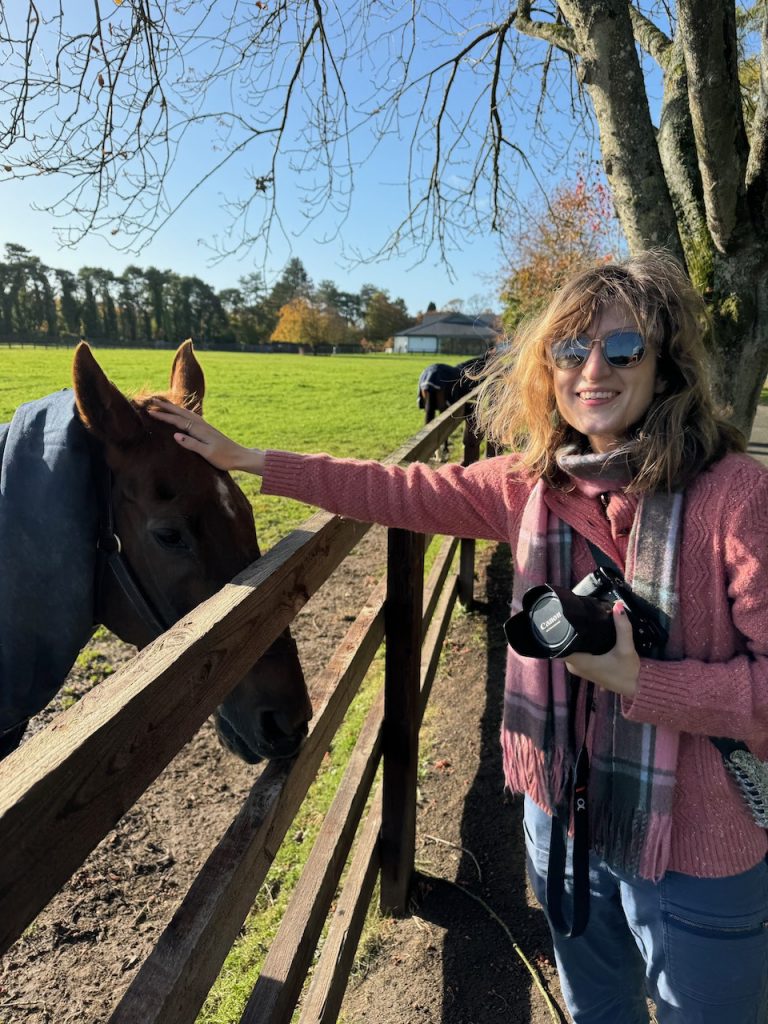
They also show you around to the stallions they have for breeding, who will fly all around the world to hump lady horses for money. After success at racing (or relatively little success but having good genes), they are living it up in these fields, with their every whim catered to. You do NOT get to pet them because stallions are mean.
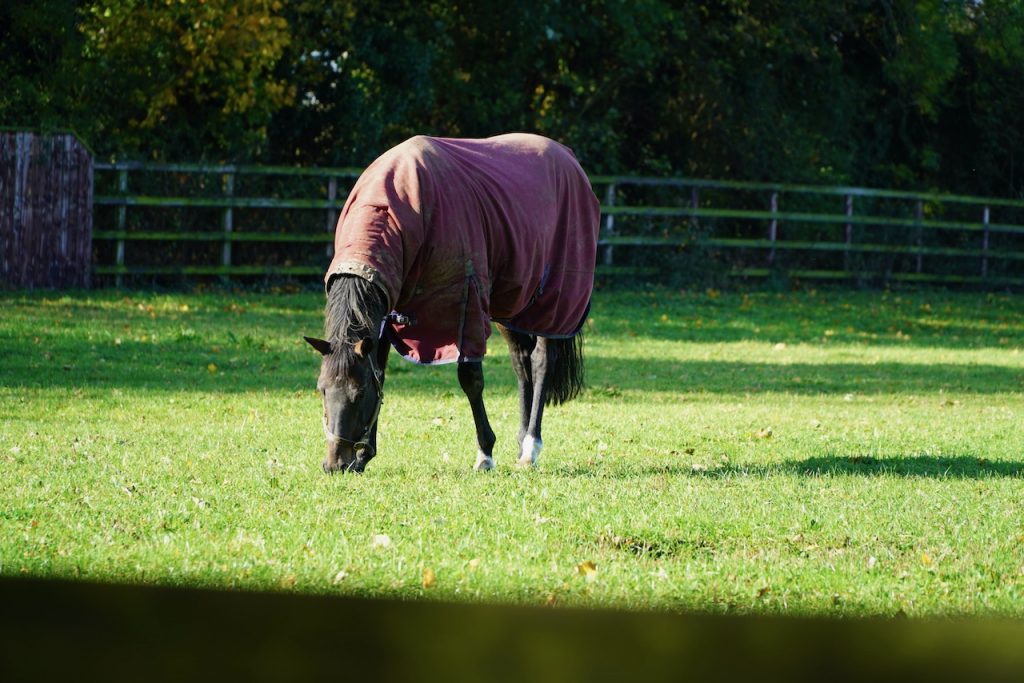
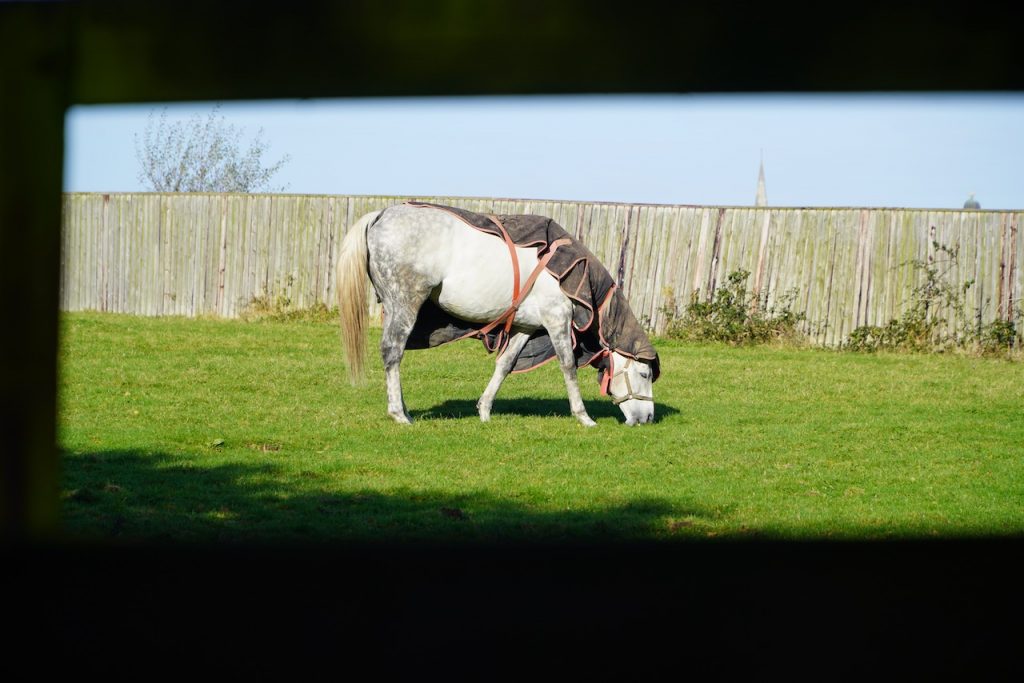
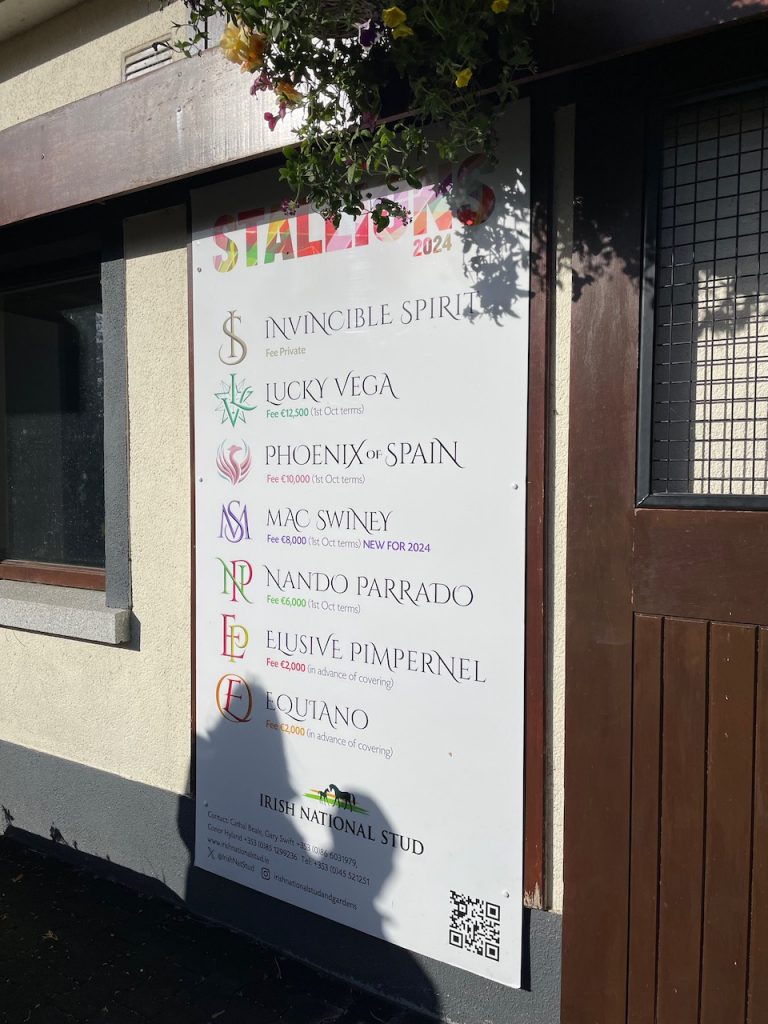
Next up, the Japanese garden. It’s near-peak fall and the Japanese maples are really gorgeous. Susan tolerates me saying “oooh look at this tree!” and even tolerates my Japanese tree facts (I don’t know many of them, but I can repeat the same ones), and we wandered through every turn of this little garden, meant to be a story of the founder’s life.
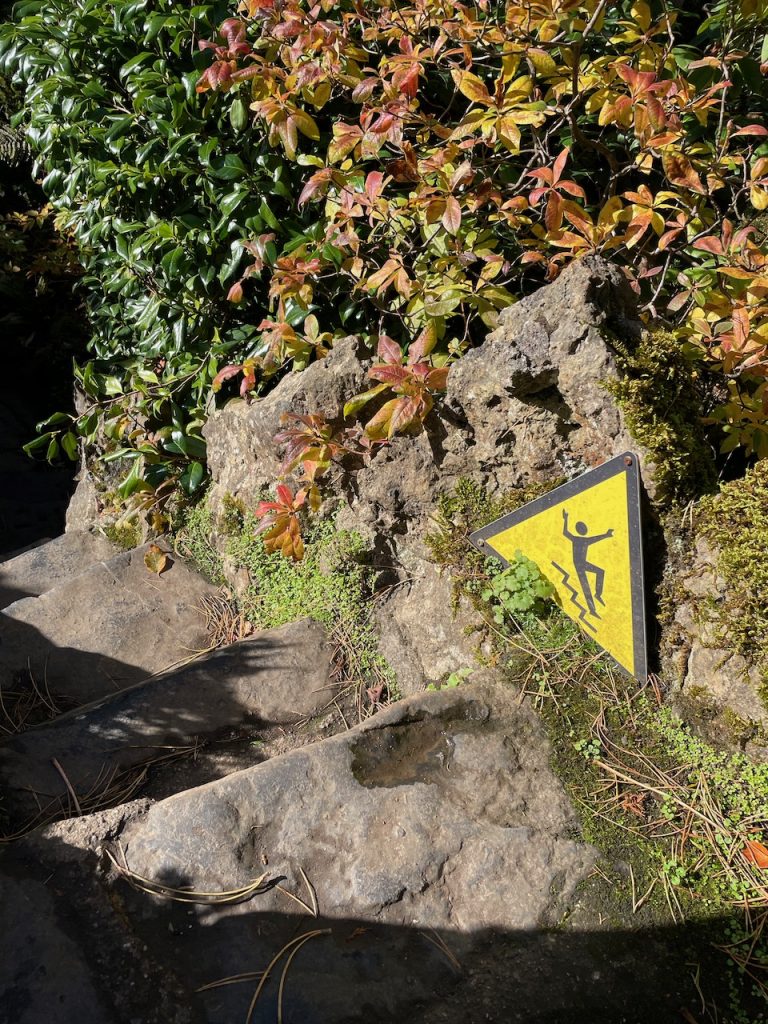
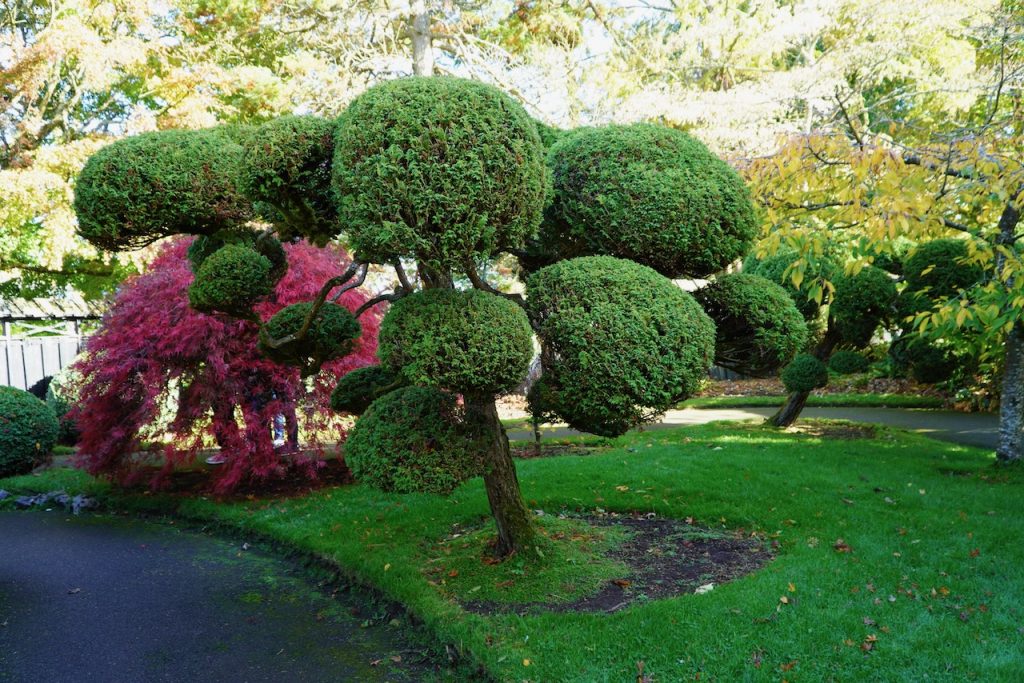
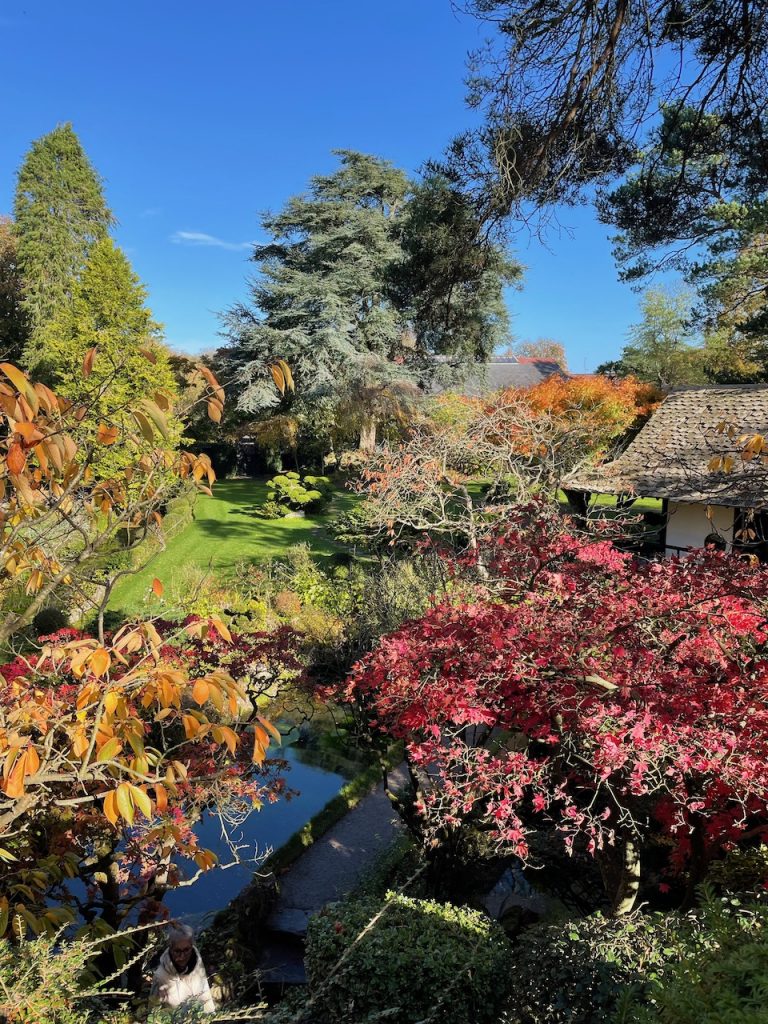
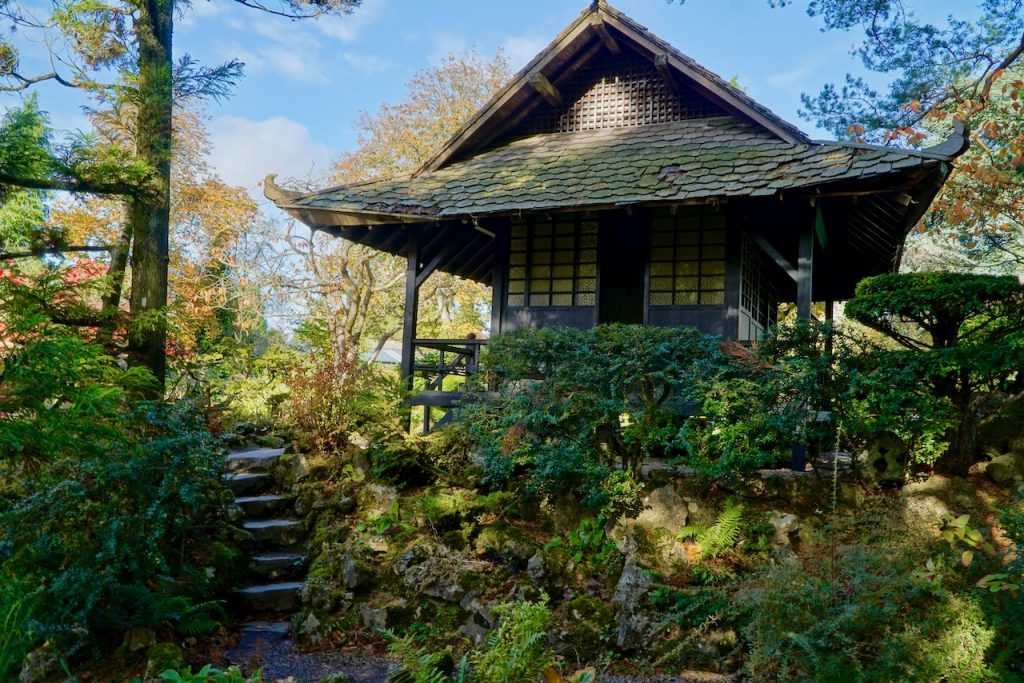
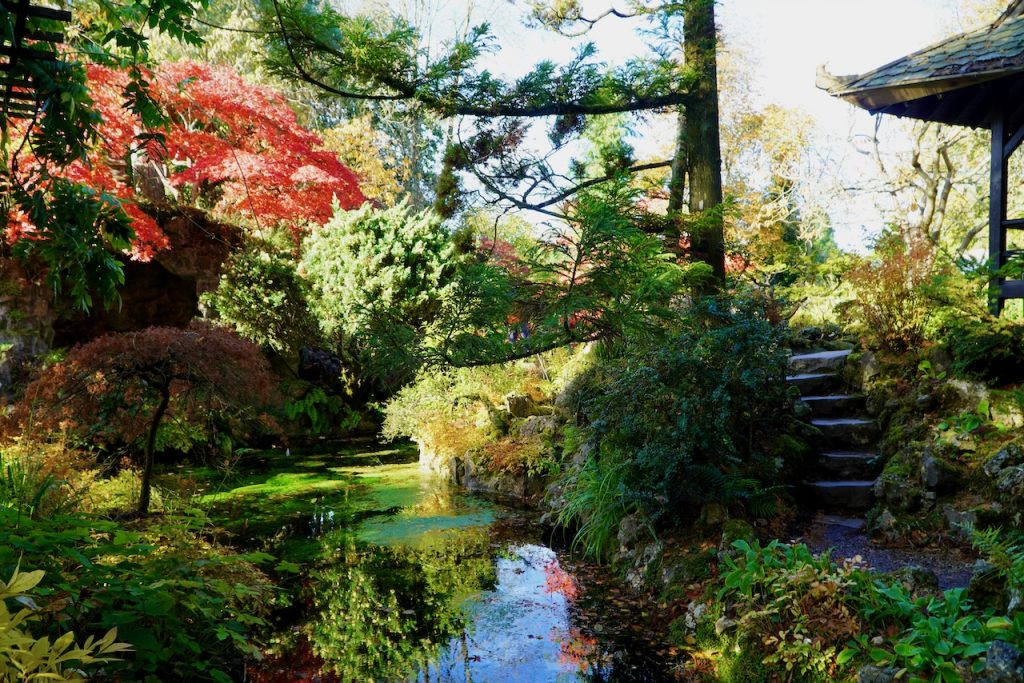
We were torn on the racehorse experience last night, but we did it anyway since it was included in the price of our ticket. It’s either going to be really great or really cringey, but either way – memorable. You learn about horse buying, breeding, and training, and go through a game to train your racehorse. The displays on training are really cool, and they even have a neat display on physiology. Horses have huge hearts and huge lungs and I now have issues with how small the horse heart that Danaerys ate in Game of Throne was.
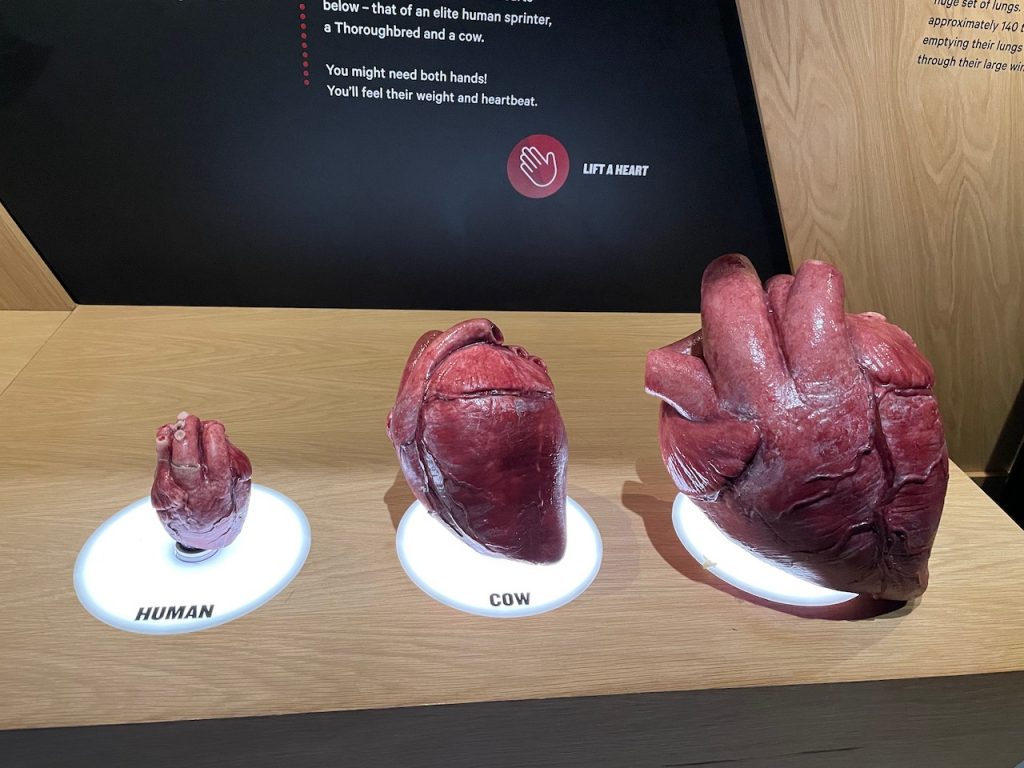
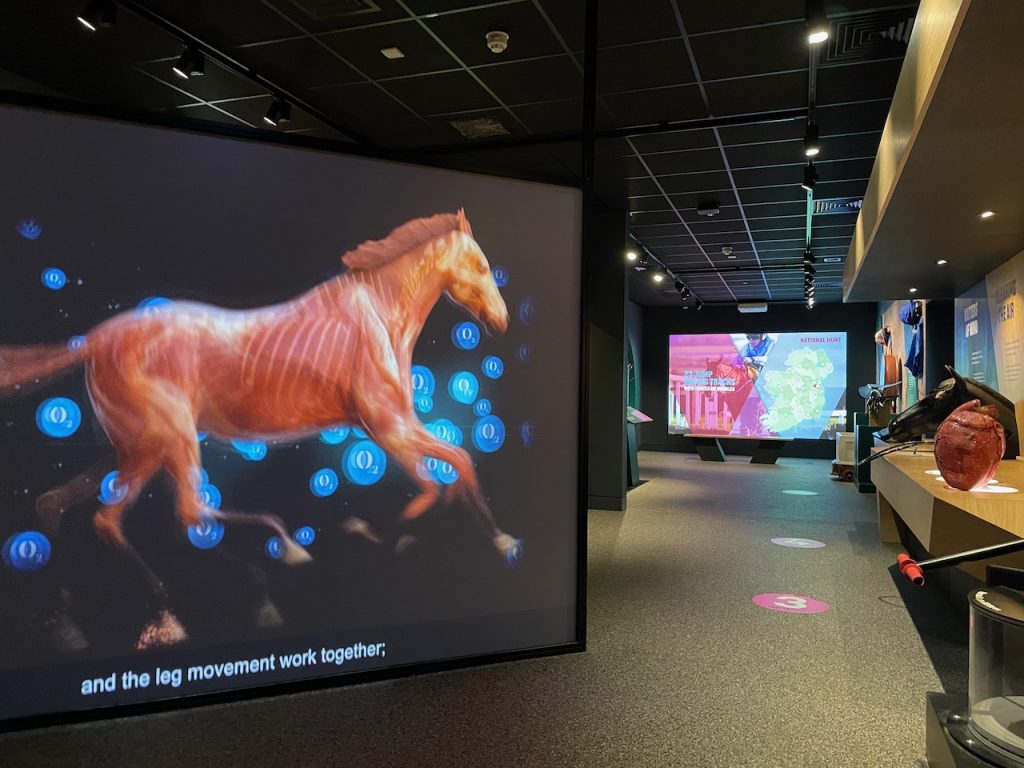
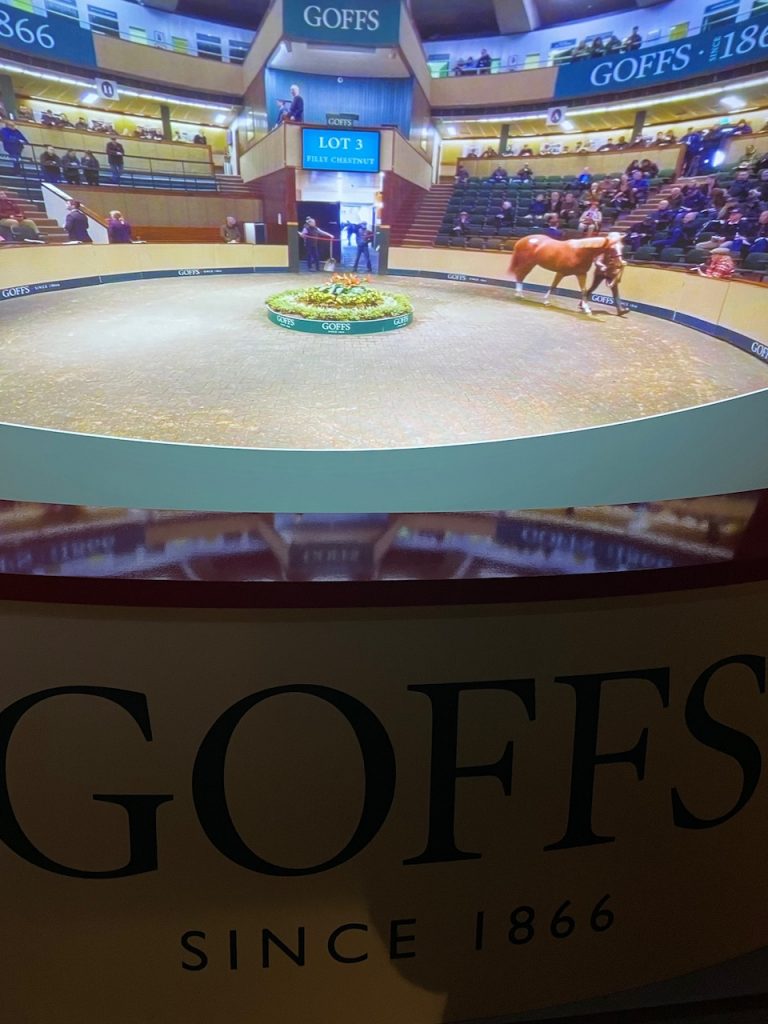
In the end, you even get to ride your mighty steed. They give you a lot of coaching to not push on the horse’s heads or they’ll fall off. I chose to min-max my horse, Blazing Emily. Let me tell you, this does not work well. I took third of four. Susan won!
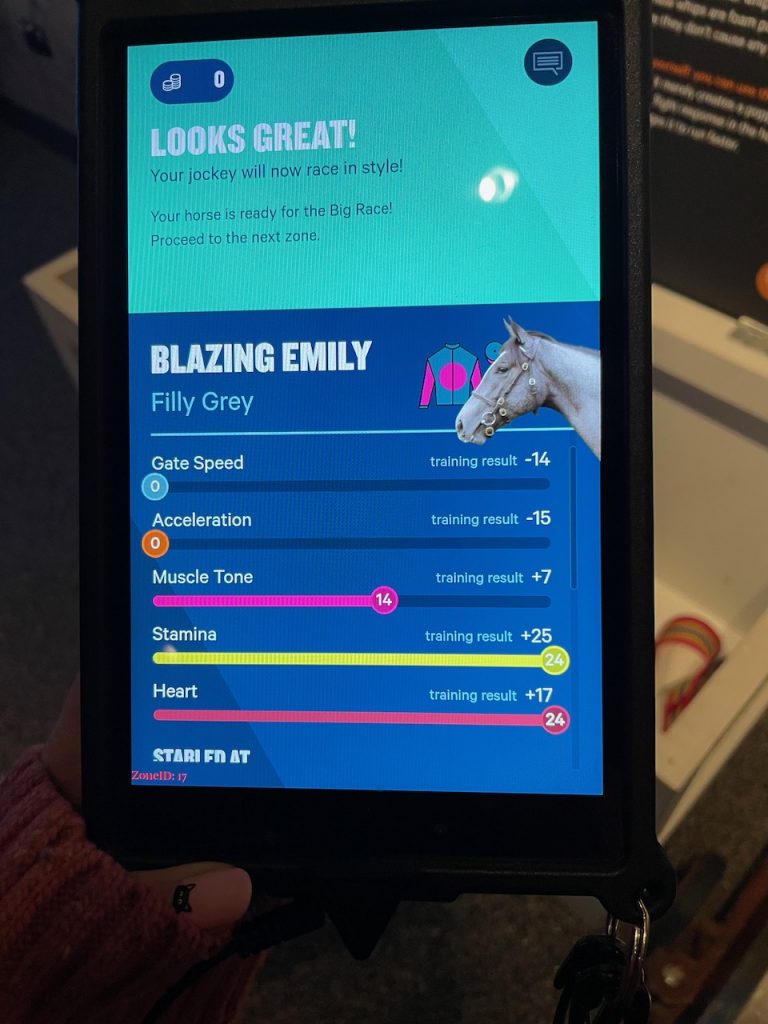
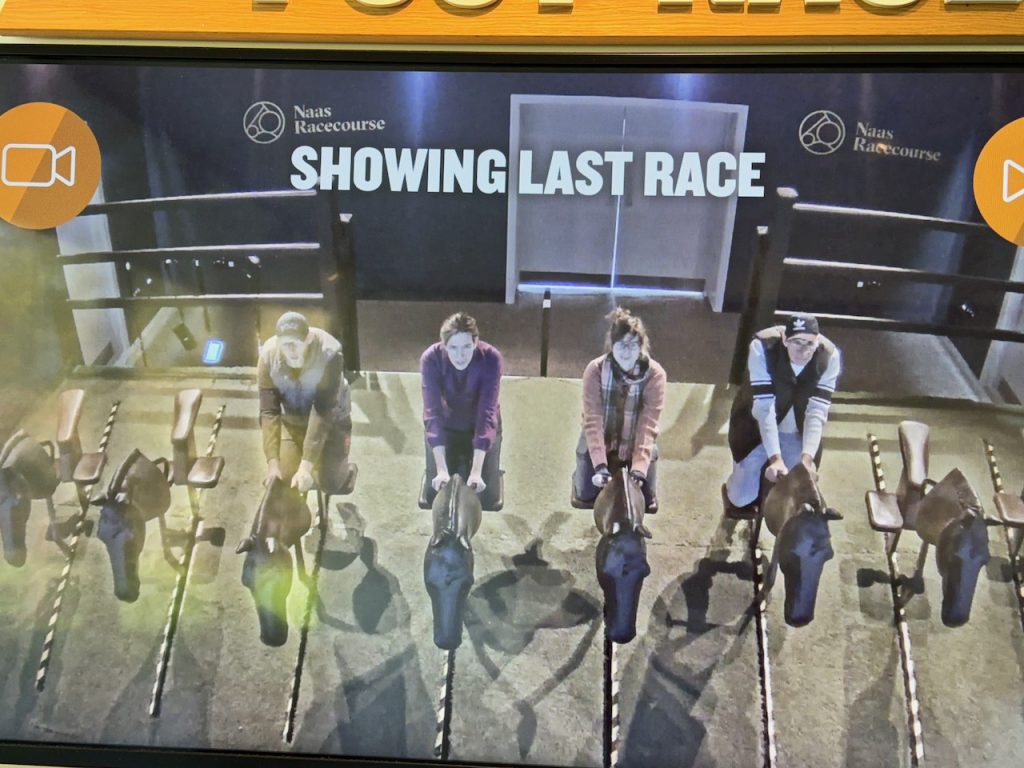
We notice it’s some kind of food time by the time we’re done, and we ate a real lunch that wasn’t a cafe attached to a museum. In America, this would mean you’re having a gross food vacation. In Europe (and even in Japan), museum and attraction cafes are usually really good. This is my defense. Anyway, I get the toastie to rule all toasties. It is really good.
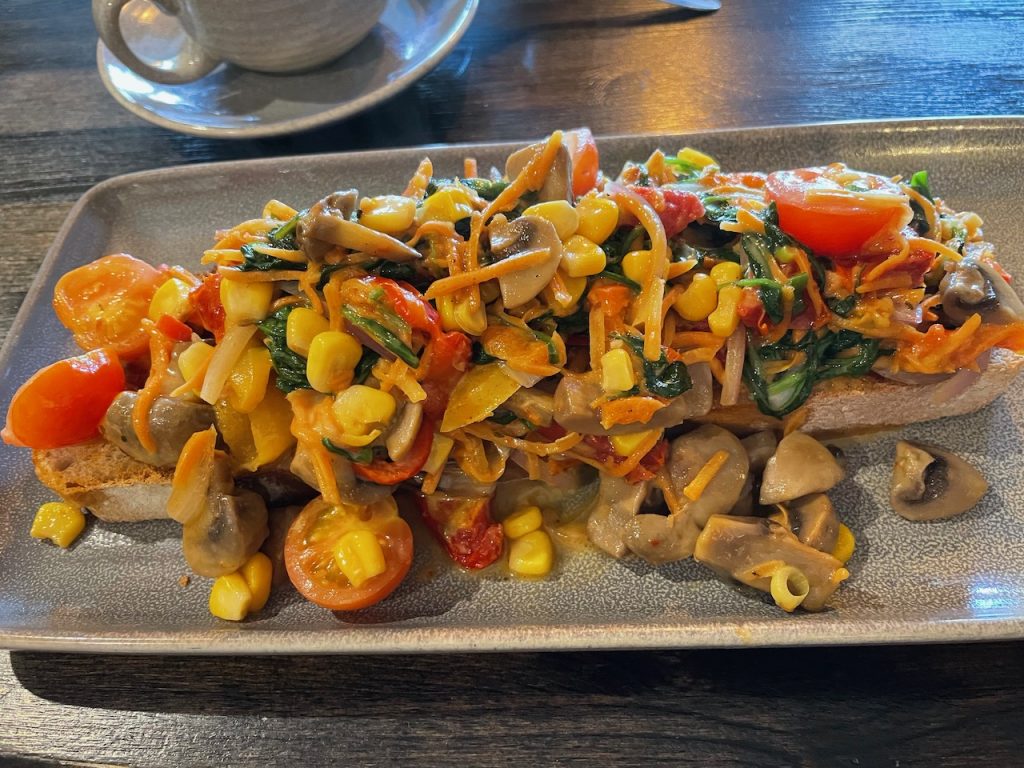
Our final stop of the day: a bog! Yes! A bog! The bog of allen, to be precise. Susan and I both think that we will just be taken by witches or die in a bog, because they are spooky and you can sink in them. Bogs are really fascinating, unique ecosystems. We get to the nature center kind of late, but still enough to go through and learn bog facts and visit the garden with carnivorous plants in the back.
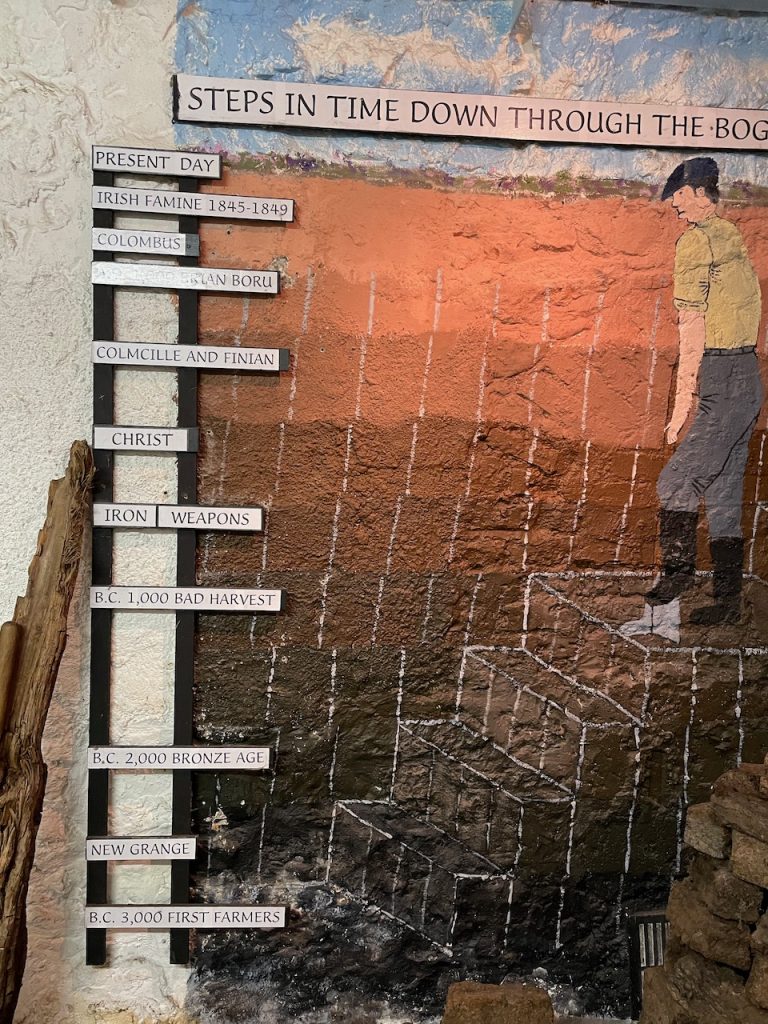
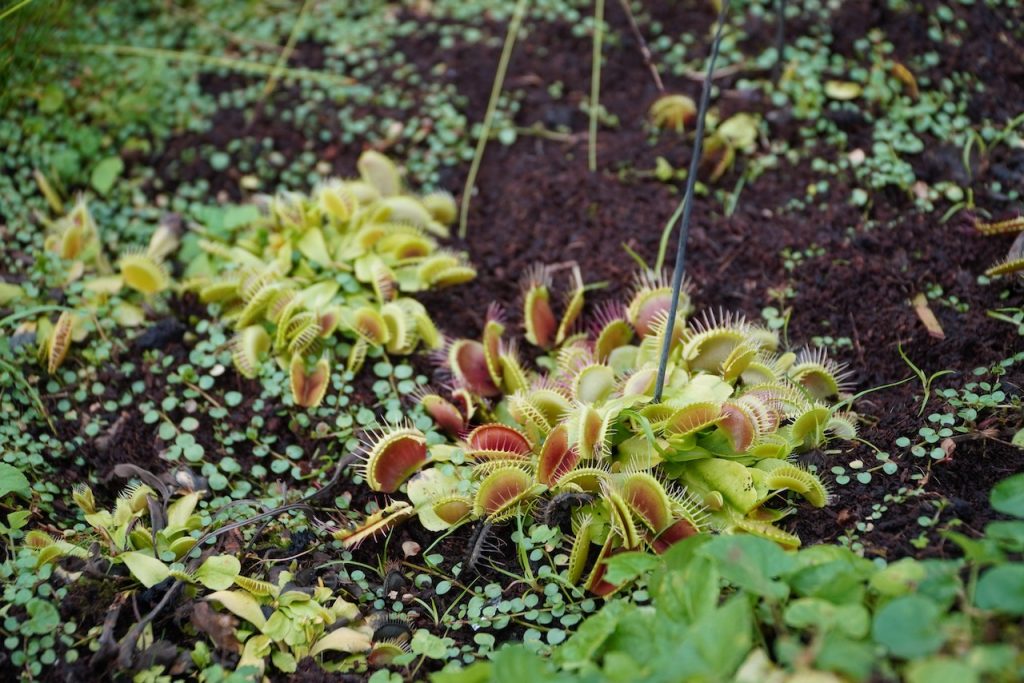
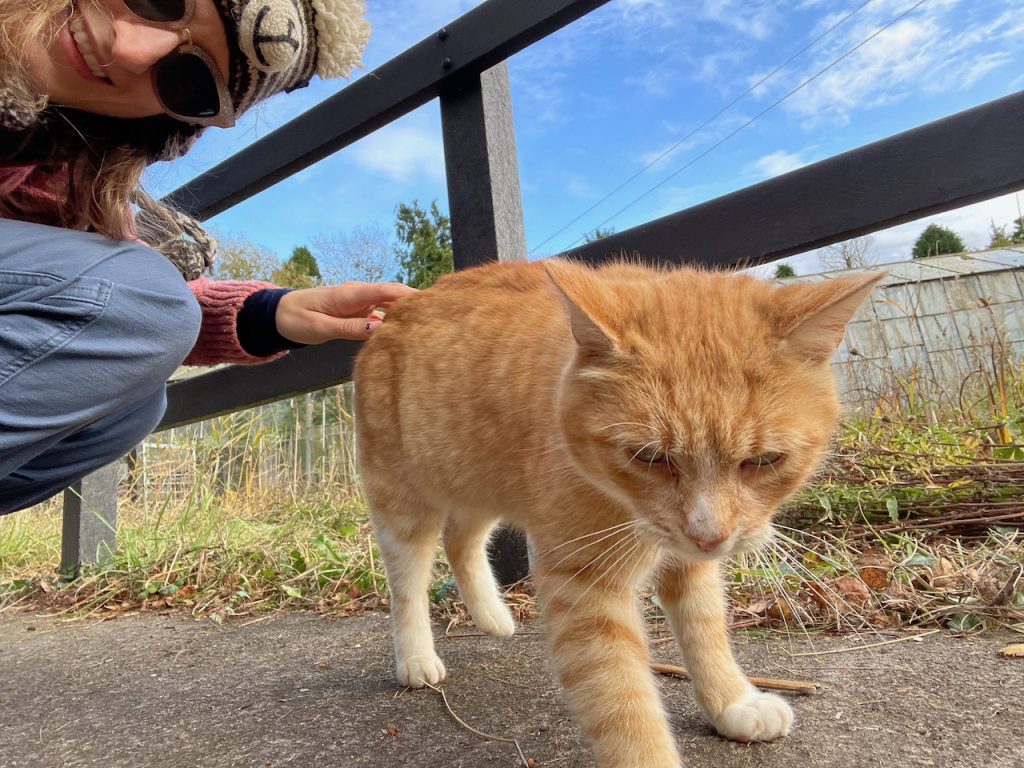
We are met by a very enthusiastic bog dude, who helps us learn bog facts. Here are my favorites:
- Ireland used to be 36% some type of bog, but because it’s also been a relatively poor country, people have been draining the bogs and using and selling peat for the last 400 years. Now, barely any bogs are left.
- Bogs are leftover from glaciers retreating during the ice age.
- Bogs grow at a rate of about 1mm a year – so these puppies aren’t coming back any time soon of their own accord.
- The three types of bog in Ireland are fen, blanket, and raised bog.
- Once you pop a hole in a bog to drain it, it won’t drain just the area nearest the hole – the entire bog will drain.
Ireland has very few protected bogs left, and they’re trying hard to restore them, but people will do anything for money and thus still illegally drain & remove peat from the bogs.
And of course, you get to walk on a small section of bog to behold it. Since it’s fall, all the bog plants are beautifully rusty brown and red. No bog witches take us. Success!
